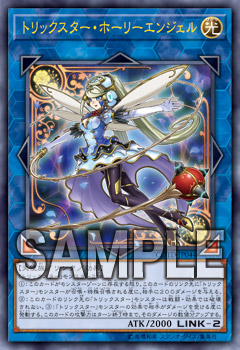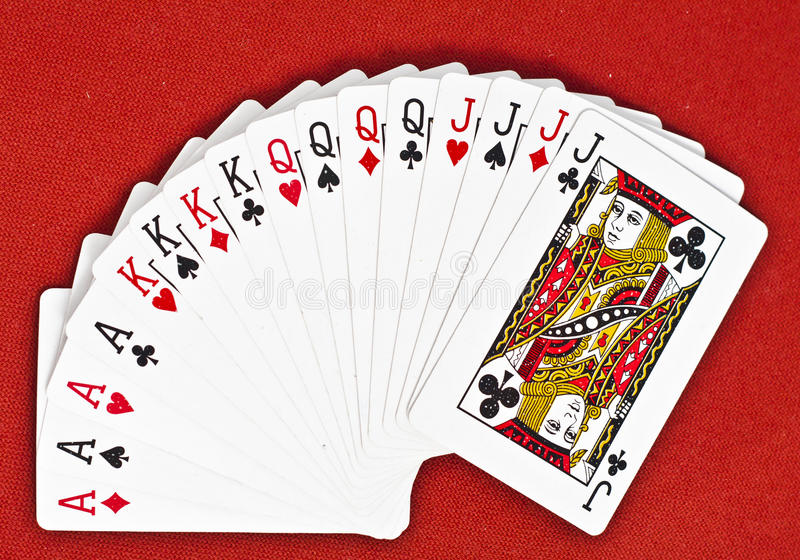60 Card Deck - WHITE ANGELS - Ready to Play - Fun - Magic the Gathering MTG Atratis1978. 5 out of 5 stars (245) $ 25.99 FREE shipping Only 1.
Get creative with these 20 fun things to do with a deck of cards!
Have you ever needed an activity to keep the kids busy while you're out to dinner or waiting at the doctor's office?
You know, something you could keep in your purse or car and pull out at a moments notice -- perfect, right?!
Or maybe you have a deck of cards that's missing one or two (in our house, that's a regular thing).
Now you can have 20 different activities right at your fingertips!
We have a great list of card games, learning activities, crafts and fun things to do -- perfect for traveling, passing the time while waiting or that next 'I'm bored' moment ;)
Engineering with Cards
Mar 18, 2020 Go through a deck of cards. Shuffle a deck of cards and use a timer to go through the deck as quickly as you can. Go through the mental map of your room and assign each character to the position at which they are drawn. Try to associate as much action and emotion into the mental map as you can with each character. Just a shuffled deck of cards; a standard 52 pack. Easy to use, and full screen. Perfect if you are playing Kings, or Hi-Low. You may have found this site by searching for random card generator, deck of cards, random number, virtual playing cards, online cards, internet cards, mobile cards, full screen deck, card dealing, randomizer, coin flip, or dice. “Deck of Cards” was written in 1948 by T. Texas Tyler, who also released it as a single. Tex Ritter covered it that same year and it was a top ten hit on the Billboard Country charts. Playing cards are undoubtedly one of the most versatile toys and games in the house. With hundreds of games you can play with a full set of playing cards, the only time they lose their playing value is when the cards wear out or tear.
These activities are perfect for those decks missing a few cards:
Available exclusively at PokerStars 6+ Hold’em is your chance to play an action-packed variant loved by high-stakes players around the world. The Rules of 6+ Hold’em All 6+ Hold’em games. Live games and multi-table tournaments. Home of the World Championship of Online Poker. Em hold poker. On PokerStars Play you can enjoy the thrill of a real texas holdem game & new slots from the comfort of your phone. Start competing with players from all over the world and win big! Whether it's Texas Holdem poker, Omaha poker, or Stud, PokerStars offers the widest selection of poker games anywhere online. Our huge player pool means you can play any game at any. The four major variations of Hold'em at PokerStars are distinguished from each other by their betting limits: Limit Texas Hold'em: There is a pre-determined betting limit on each round of.
Build a card tower -- takes some fine motor skills, balance and patience but it's a great engineering challenge for kids!
Use a deck of cards to construct a bridge -- Homeschool Creations
The Make website also has this awesome tutorial on how to make a ball of cards
Do a little origami and make a Card Box -- Snapguide

Math Activities
Play a Color Matching game (which can also be a symbol mathcing game with a regular deck of cards -- Inspiration Laboratories
Learn place values with cards and a number line -- Hands on As We Grow
You can also use either Uno cards or a regular deck of cards to practice number matching or create a number line -- How Wee Learn
Teach Fractions with this fun card game that older kids will enjoy -- What Do We Do All Day?
Practice double digit subtraction -- Line upong Line Learning
For kids who are learning to add and subtract, try playing Make Ten with cards -- What Do We Do All Day?
And older kids learning to multiply will pick up some math skills with the Multiplication War game -- Love to Learn
Creative Ideas for a Deck of Cards
Put together a great list of life skills that every teen should know how to do before they go to college!
Play 'Don't Blow the Joker' as a fun Minute to Win It game -- Housing a Forest
Kids can learn this simple but pretty cool card trick to impress their friends!
Create a strand of Card Garland for Valentine's Day -- No Time for Flashcards

Card Games for Kids
Learning card games can help kids to practice strategy, mental math and good sportsmanship (whether they win or lose the game). Here's a few of our favorites:
Learn how to play War
Crazy 8's is a fun family game that kids can learn at a young age -- in fact, my kids decided to create their own take on this game so we know play Crazy 9's (always a great thing for kids to make up their own game and rules).
My daughter is crazy for Greek mytholody & the Percy Jackson books so this Zeus on the Loose card game (the affiliate link will show you more) was a huge hit at our house!

A great fast-paced game that's fun or all ages is Spoons -- you may need a few decks of cards if you're group is larger than 4. This can be a fun game to do while waiting for dinner.
And if the kids are getting a little squirrelly, there's always the classic 52 pick-up! Challenge the kids to see who can pick up the largest sum of cards (and sneak in a little math).
Deck Of Cards Song
MORE CREATIVE ACTIVITIES:
Each suit in a deck of cards represents the four seasons, the 13 represent 13 lunar months, the 52 cards represent the 52 weeks in a year, and all the cards added up is 364 days (for lunar year)
A playing card is a piece of specially prepared heavy paper, thin cardboard, plastic-coated paper, cotton-paper blend, or thin plastic, marked with distinguishing motifs and used as one of a set for playing card games. Playing cards are typically palm-sized for convenient handling.
A complete set of cards is called a pack (UK English) or deck (US English), and the subset of cards held at one time by a player during a game is commonly called a hand. A deck of cards may be used for playing a variety of card games, with varying elements of skill and chance, some of which are played for money. Playing cards are also used for illusions, cardistry, building card structures, and cartomancy.
The front (or “face”) of each card carries markings that distinguish it from the other cards in the deck and determine its use under the rules of the game being played. The back of each card is identical for all cards in any particular deck, and usually of a single color or formalized design. Usually every card will be smooth; however, some decks have braille to allow blind people to read the card number and suit. The backs of playing cards are sometimes used for advertising.[1] For most games, the cards are assembled into a deck, and their order is randomized by shuffling.
Early history
Deck Of Cards Clip Art
Playing cards were invented in imperial China. They were found in China as early as the 9th century during the Tang Dynasty (618–907). The first reference to card games in world history dates from the 9th century, when the Collection of Miscellanea at Duyang, written by Tang Dynasty writer Su E, described Princess Tongchang, daughter of Emperor Yizong of Tang, playing the “leaf game” in 868 with members of the Wei clan, the family of the princess’ husband. :131 The Song Dynasty (960–1279) scholar Ouyang Xiu (1007–1072) asserted that playing cards and card games existed at least since the mid-Tang Dynasty and associated their invention with the simultaneous development of using sheets or pages instead of paper rolls as a writing medium. The first known book on cards called Yezi Gexi was allegedly written by a Tang era woman, and was commented on by Chinese writers of subsequent dynasties.
By the 11th century, playing cards could be found throughout the Asian continent. During the Ming Dynasty (1368–1644), characters from novels such as the Water Margin were widely featured on the faces of playing cards.
Ancient Chinese “money cards” have four suits: coins (or cash), strings of coins (which may have been misinterpreted as sticks from crude drawings), myriads (of coins or of strings), and tens of myriads (a myriad is 10,000). These were represented by ideograms, with numerals of 2–9 in the first three suits and numerals 1–9 in the “tens of myriads”. Wilkinson suggests that the first cards may have been actual paper currency which were both the tools of gaming and the stakes being played for, as in trading card games. The designs on modern Mahjong tiles likely evolved from those earliest playing cards. However, it may be that the first deck of cards ever printed was a Chinese domino deck, in whose cards all 21 combinations of a pair of dice are depicted. In Kuei-t’ien-lu, a Chinese text redacted in the 11th century, domino cards were printed during the Tang Dynasty, contemporary to the first printed books. The Chinese word pái (牌) is used to describe both paper cards and gaming tiles.
Symbolism
Deck Of Cards Image
The primary deck of 52 playing cards in use today includes 13 ranks of each of the four French suits, clubs (♣), diamonds (♦), hearts (♥) and spades (♠), with reversible Rouennais “court” or face cards. Each suit includes an ace, depicting a single symbol of its suit (quite large often only on the ace of spades) a king, queen, and jack, each depicted with a symbol of their suit; and ranks two through ten, with each card depicting that number of symbols (pips) of its suit. As well as these 52 cards, commercial decks often include between one and four jokers, most often two. These Jokers are not used in most basic game rules, but have a variety of uses with rule variations, and can simply serve as “spares” to replace a damaged or lost card.